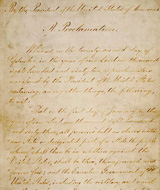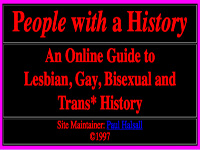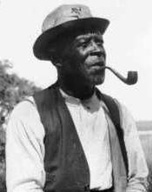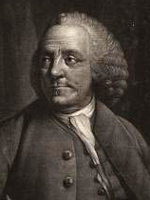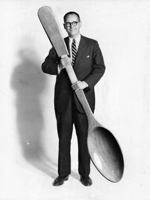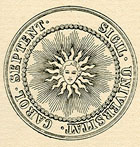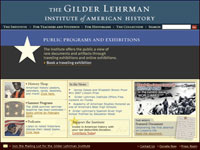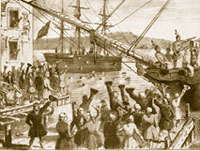Words and Deeds in American History
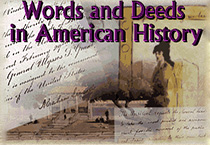
This site displays approximately 90 primary documents from the 15th century to the mid 20th century. Features eight subjects: the presidency; Congress, law, and politics; military affairs; diplomacy and foreign policy; arts and literature; science, medicine, exploration, and invention; African-American history and culture; and women's history. The collection emphasizes "prominent Americans whose lives reflect our country's evolution," including 23 presidents and figures such as Carter Woodson, Thurgood Marshall, pioneer physician Elizabeth Blackwell, Wilbur Wright, and Alexander Graham Bell.
Each subject is accompanied by a useful 100- to 400-word background essay and a link to the document's host collection. Also includes a 2,000-word essay entitled "Collecting, Preserving, and Researching History: A Peek into the Library of Congress Manuscript Division." Although limited in size, this site provides an eclectic group of documents of national interest.
